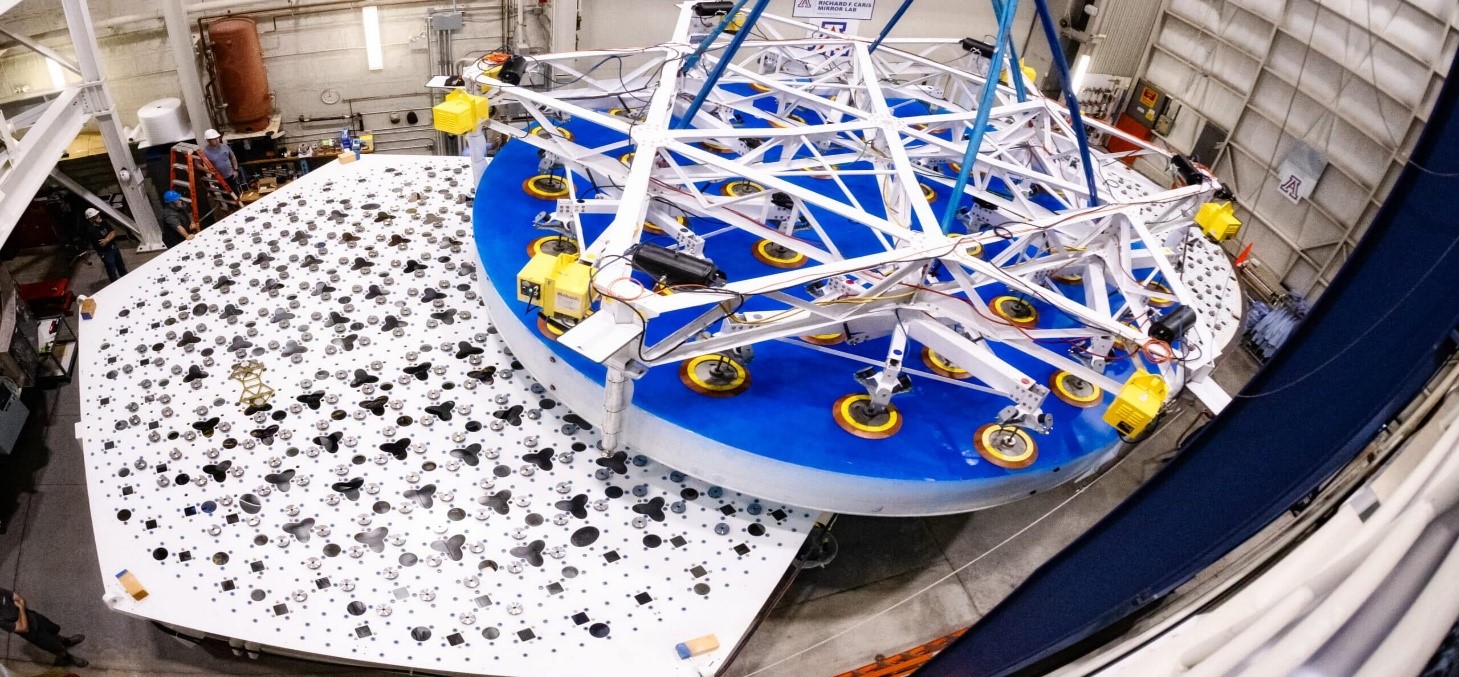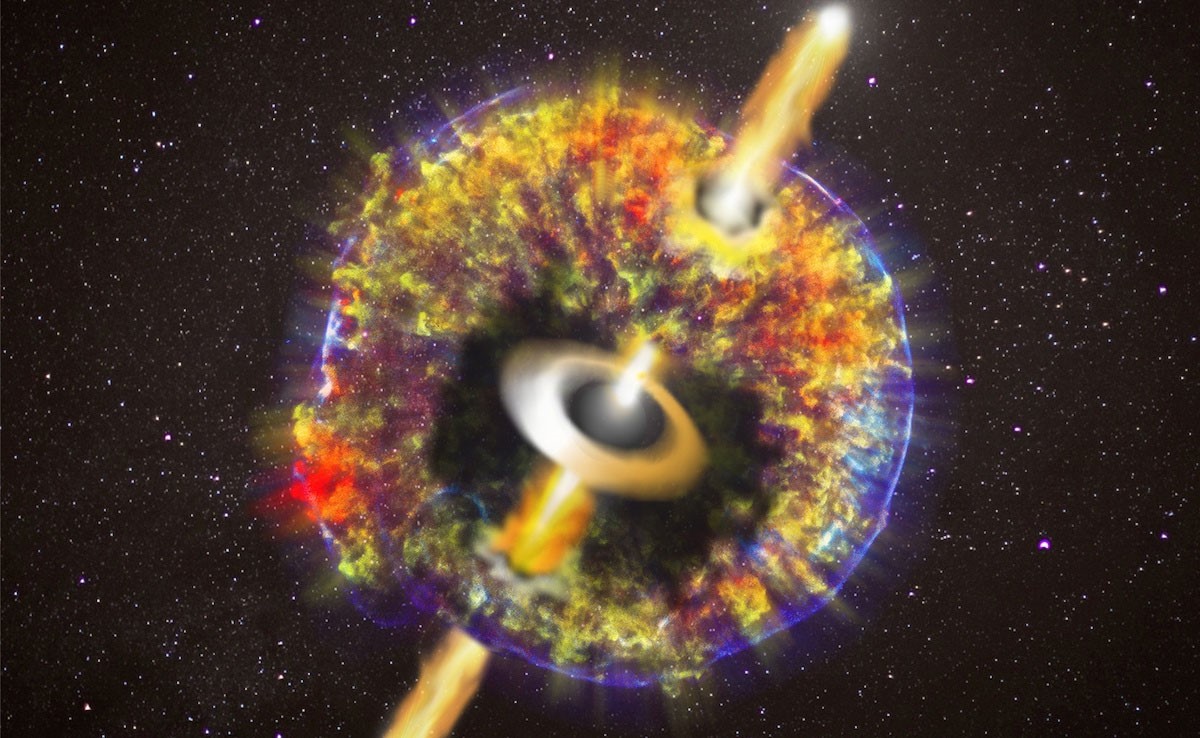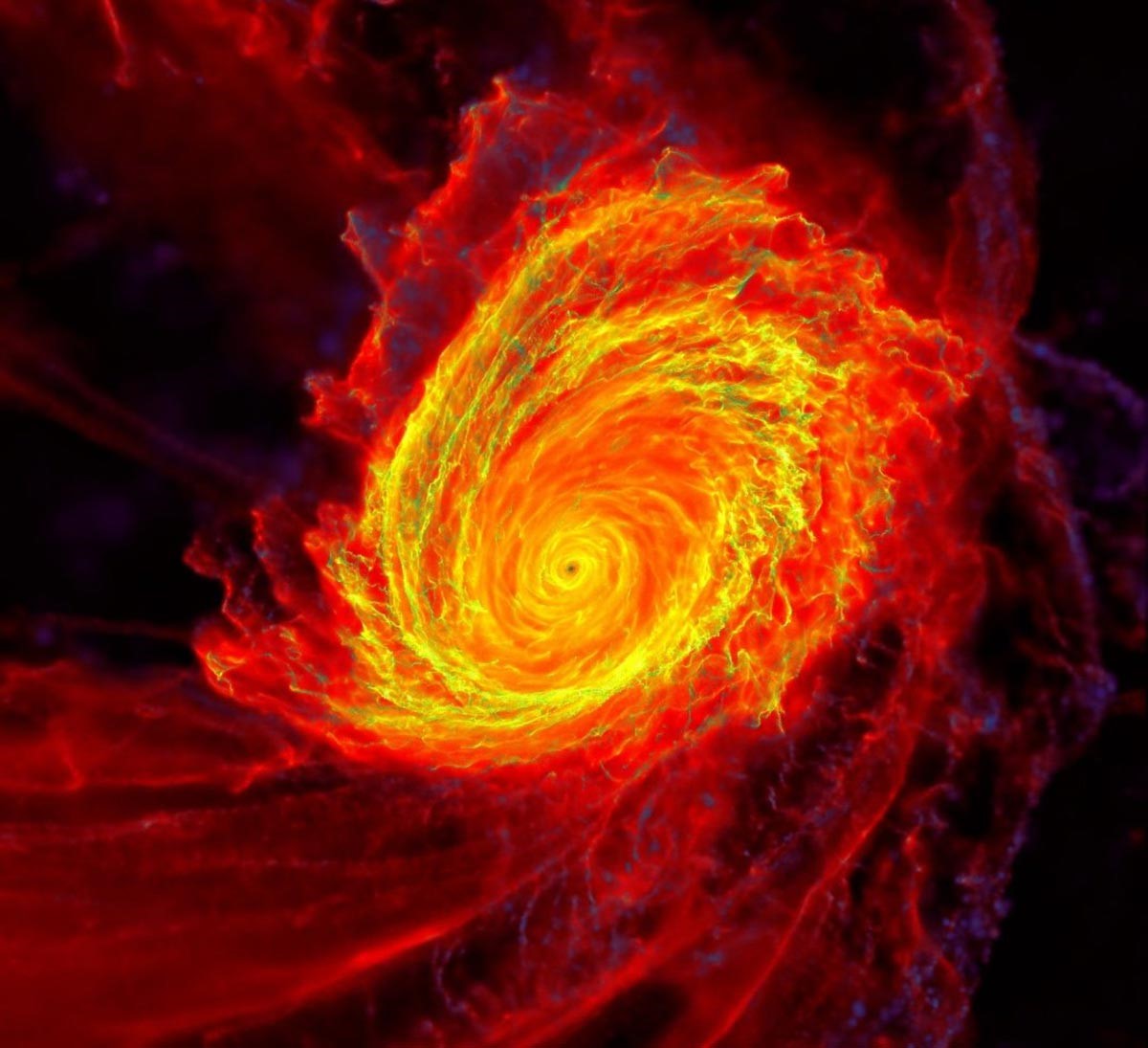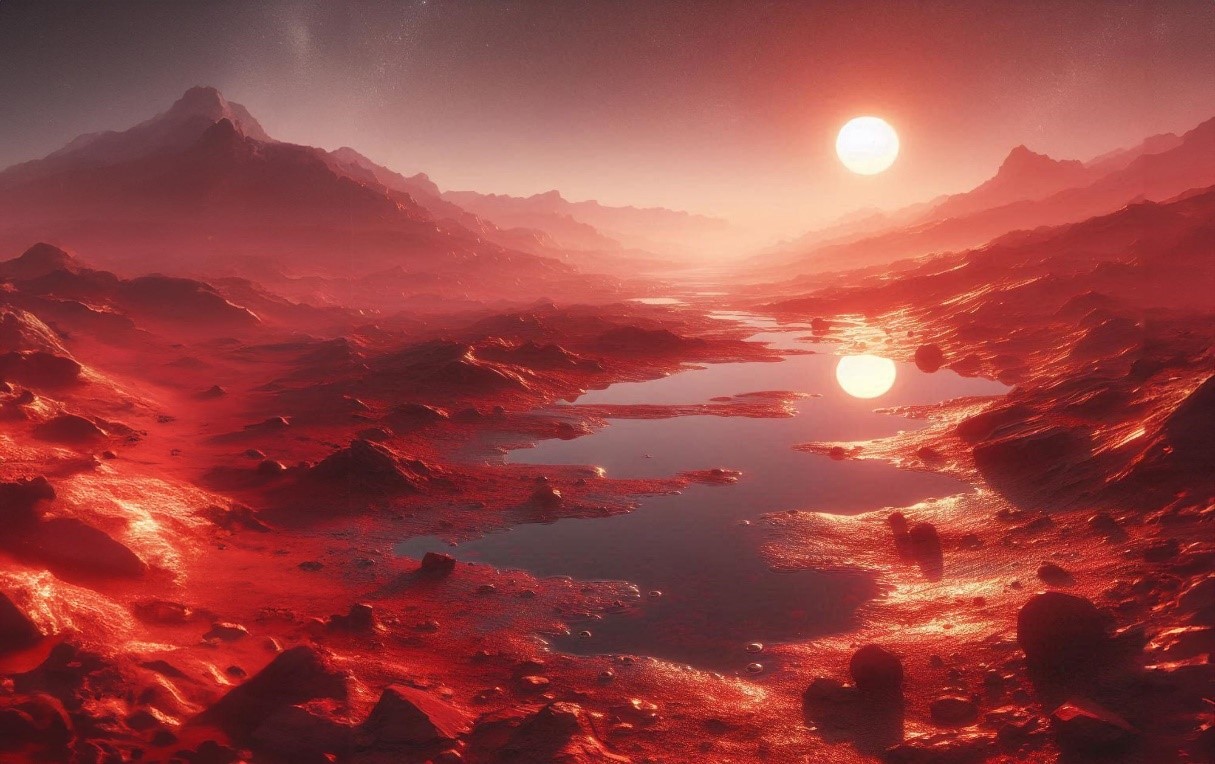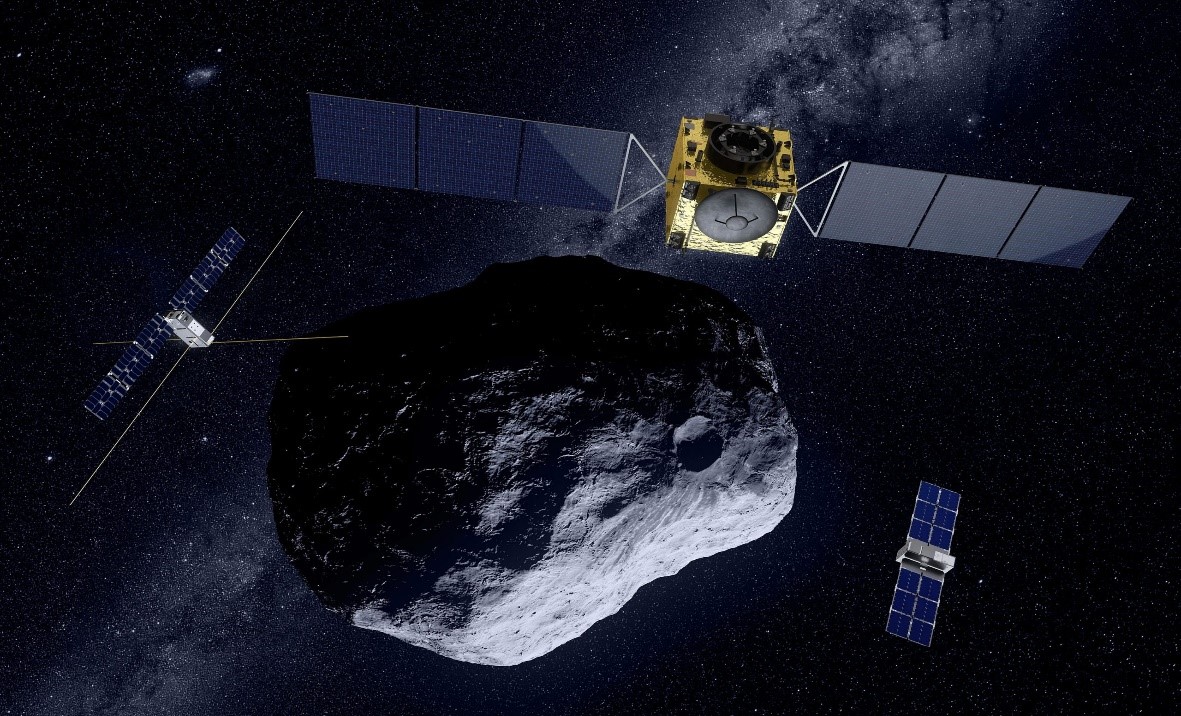Asteroid Grains Reveal Insights into The Origins of The Outer Solar System
A weak magnetic field likely helped draw in matter to form the outer planets from Jupiter to Neptune. Tiny grains from the distant asteroid Ryugu are providing new insights into the magnetic forces that shaped the outer solar system over 4.6 billion years ago.
Scientists at MIT and other institutions have studied Ryugu particles, collected by the Japanese Aerospace Exploration Agency’s (JAXA) Hayabusa2 mission and brought to Earth in 2020. Ryugu is thought to have originated in the early solar system’s outskirts before migrating inward toward the asteroid belt and eventually settling between Earth and Mars.
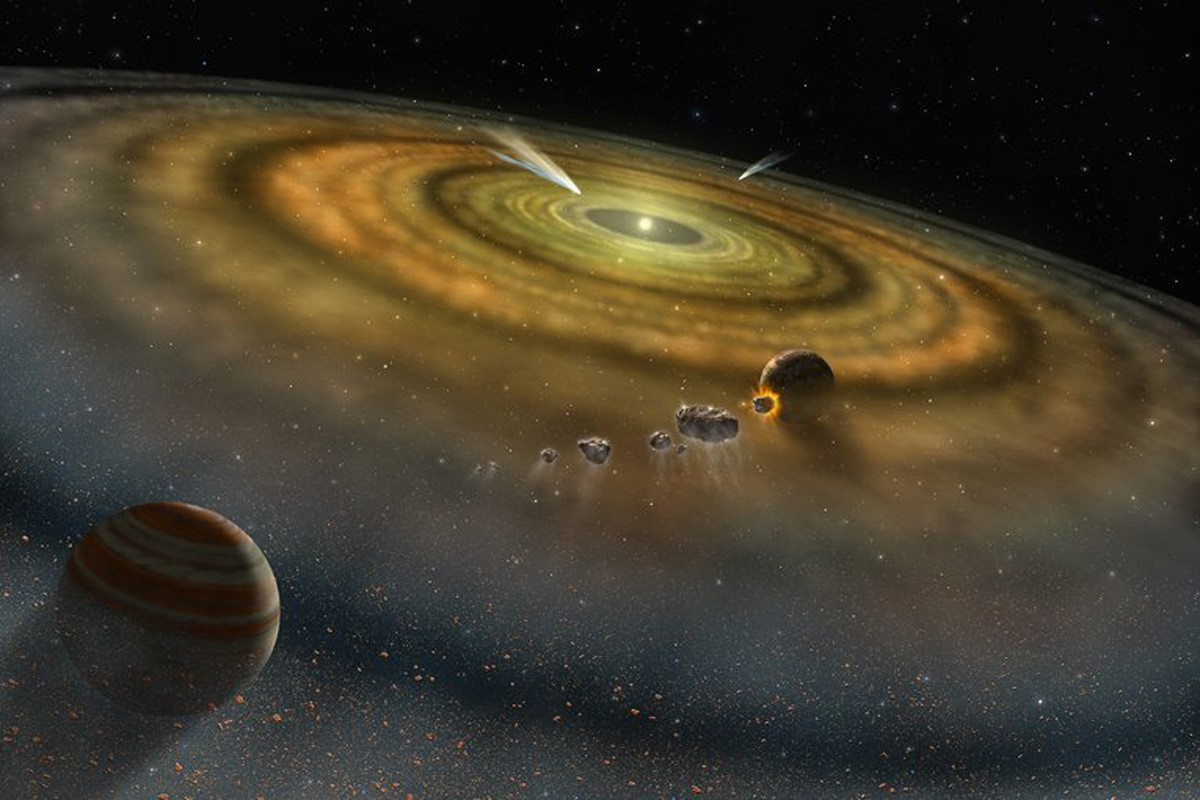
Figure 1. Asteroid Grains Reveal Clues to Outer Solar System’s Origins
The research team analyzed these particles for traces of an ancient magnetic field that might have existed when the asteroid formed. Their findings suggest that, if a magnetic field was present, it was extremely weak—no more than 15 microtesla (compared to Earth’s current magnetic field of around 50 microtesla). However, even a field of this low intensity could have been sufficient to gather primordial gas and dust, aiding in the formation of asteroids and potentially contributing to the formation of the giant outer planets. Figure 1 shows Asteroid Grains Reveal Clues to Outer Solar System’s Origins.
Published in AGU Advances, the team’s findings present the first evidence that the farthest reaches of the solar system likely possessed a weak magnetic field. While scientists have known that magnetic fields influenced the inner solar system where Earth and other terrestrial planets formed, this study provides new insight into magnetic influences on more remote regions.
“We’re showing that, everywhere we look now, there was some sort of magnetic field that contributed to bringing mass to the sun and planets,” explains study co-author Benjamin Weiss, the Robert R. Shrock Professor of Earth and Planetary Sciences at MIT. “That now applies to the outer solar system planets.”
The lead author, Elias Mansbach PhD ’24, now a postdoc at Cambridge University, collaborated with MIT researchers Eduardo Lima, Saverio Cambioni, and Jodie Ream, as well as Michael Sowell and Joseph Kirschvink from Caltech, Roger Fu from Harvard University, Xue-Ning Bai from Tsinghua University, and other colleagues from the Kochi Advanced Marine Core Research Institute and the Tokyo Institute of Technology.
A Distant Magnetic Field
Around 4.6 billion years ago, the solar system formed from a dense cloud of interstellar gas and dust, which collapsed into a spinning disk of matter. Most of this material gathered at the center to form the sun, while the rest formed a solar nebula of swirling, ionized gas. Scientists believe that interactions between the sun and the ionized disk generated a magnetic field, which threaded through the nebula and helped pull matter inward to form the planets, asteroids, and moons.
“This nebular field disappeared about 3 to 4 million years after the solar system’s formation, and we are intrigued by its role in early planetary formation,” says Mansbach.
Previous research has confirmed the presence of a magnetic field within the inner solar system, extending from the sun to about 7 astronomical units (AU) — the distance to Jupiter. The intensity of this inner magnetic field ranged from 50 to 200 microtesla, influencing the formation of the inner terrestrial planets. These estimates are based on meteorites thought to have originated from the inner nebula.
“But how far this magnetic field extended and its impact on more distant regions remains unclear due to a lack of samples from the outer solar system,” Mansbach adds.
Revisiting The Past
The team analyzed samples from the asteroid Ryugu, thought to have formed in the early outer solar system, to study potential magnetic fields in the region beyond 7 AU. Using a magnetometer, they found no clear signs of a preserved magnetic field, suggesting it was either absent or too weak to be recorded, likely around 15 microtesla. They also reexamined meteorites from the distal solar system, finding one with a weak magnetic field of about 5 microtesla. This indicates the outer solar system likely hosted a weak magnetic field that helped form planetary bodies. The team plans to further investigate with samples from the asteroid Bennu.
Source: MIT News
Cite this article:
Janani R (2024), Asteroid Grains Reveal Insights into The Origins of The Outer Solar System, AnaTechMaz, pp. 124


